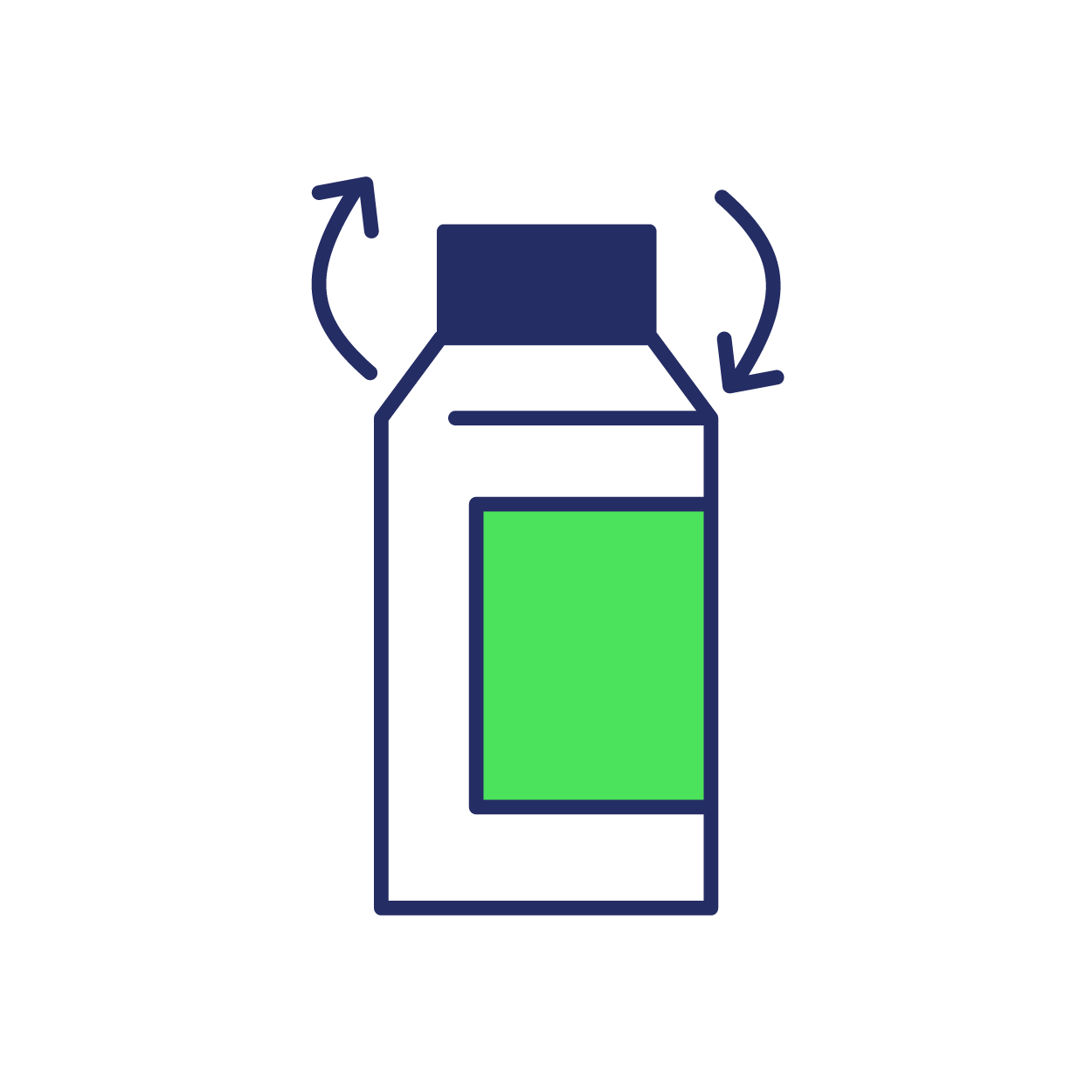
5 Elements of Inclusive Design
Inclusive Design is the process of creating products that empower all users to participate meaningfully and fully. These five essential elements of Inclusive Design are aimed at eliminating barriers and creating products that work for all.

1. Create Artwork that is Easy to See and Read
- Ensure that artwork includes accessible fonts and proper color contrast.
- Ensure that artwork is intuitive and allows the product to be easily understood.
- Use plain language.
- Provide digital pathways for everyone to access and understand the product.

2. Add Tactile Elements
- Introduce tactile elements to the product to help users identify the product independently through touch.
- Consider a universal symbol system for your products to help users identify products independently.

3. Design for Easy Opening & Use
- Ensure product packaging is intuitive and easy to use for everyone.
- Create packaging that requires less force/dexterity to open or use.

4. Partner with the Community and Learn from Diversity
- Engage with the B/ERG’s- lived experiences can help spark innovation.
- Coordinate inclusive design workshops or feedback sessions.
- Connect people with disabilities with the designers/developers in the room. Example: XBOX adaptive controller.

5. Create Moments that Matter
- Include people with disabilities at every phase of the process to ensure products are authentic usable.
- Listen to frustrations and barriers experienced by the community.
- Create clear channels for feedback.
- Go beyond standards–some of the prescribed accessibility standards are not enough to really impact usability. Do better to empower independence and usability.
Explore More from Disability:IN Partners:
- Ways P&G is advance accessibility through inclusive design https://bit.ly/3mMS2Pf.
- Perspectives from P&G’s Company Accessibility Officer, Sam Latif https://bit.ly/43O04YE.
- Introducing the Xbox Adaptive Controller https://bit.ly/2IFw0o9.
- How the Xbox Ambassadors Build Community & Reinforce Inclusion https://bit.ly/3AeRUuQ.
- GM’s Path to Zero Barriers https://bit.ly/3UWpVda.
- GM’s Accessibility Features https://bit.ly/3N0oR5U.
